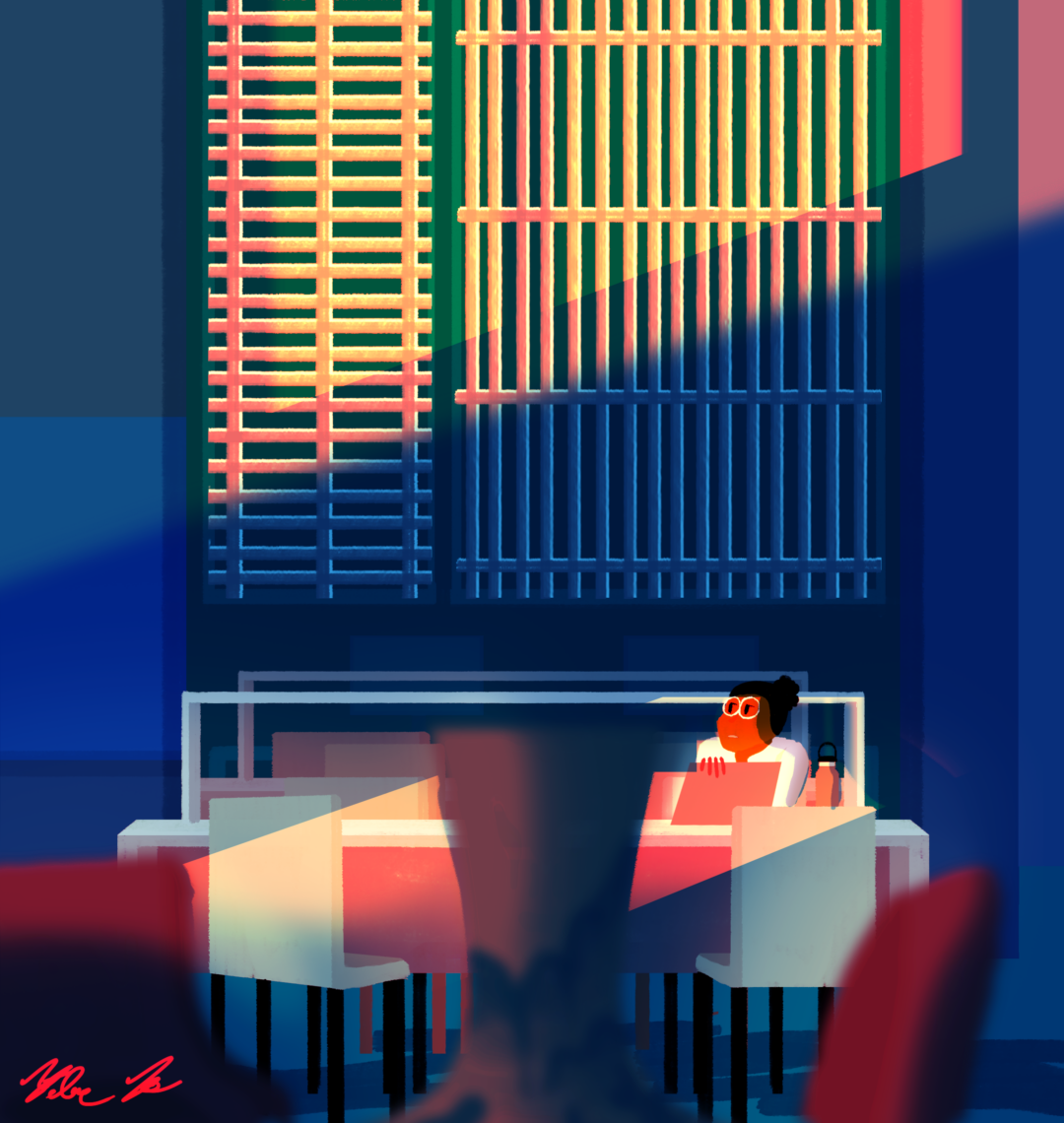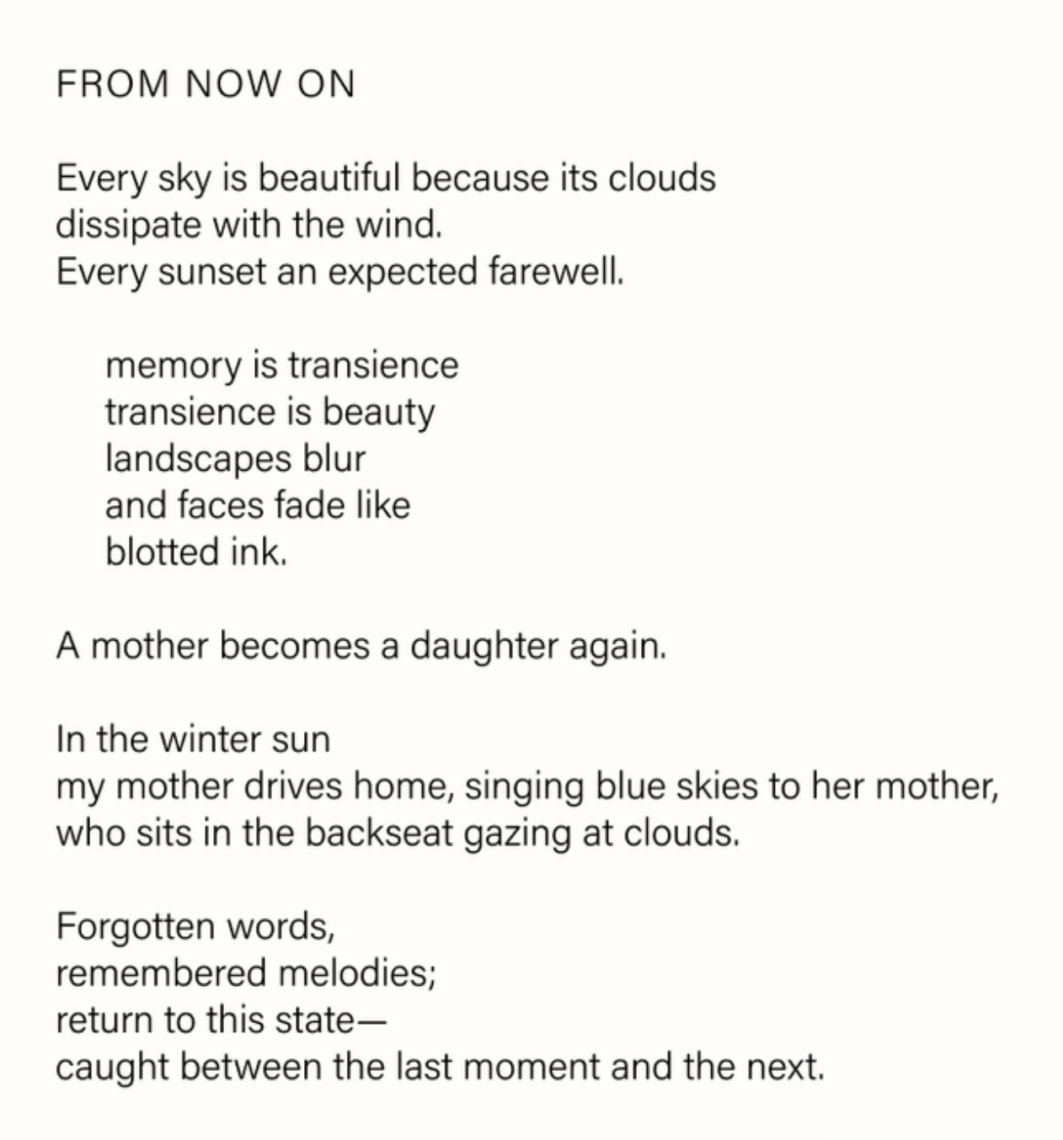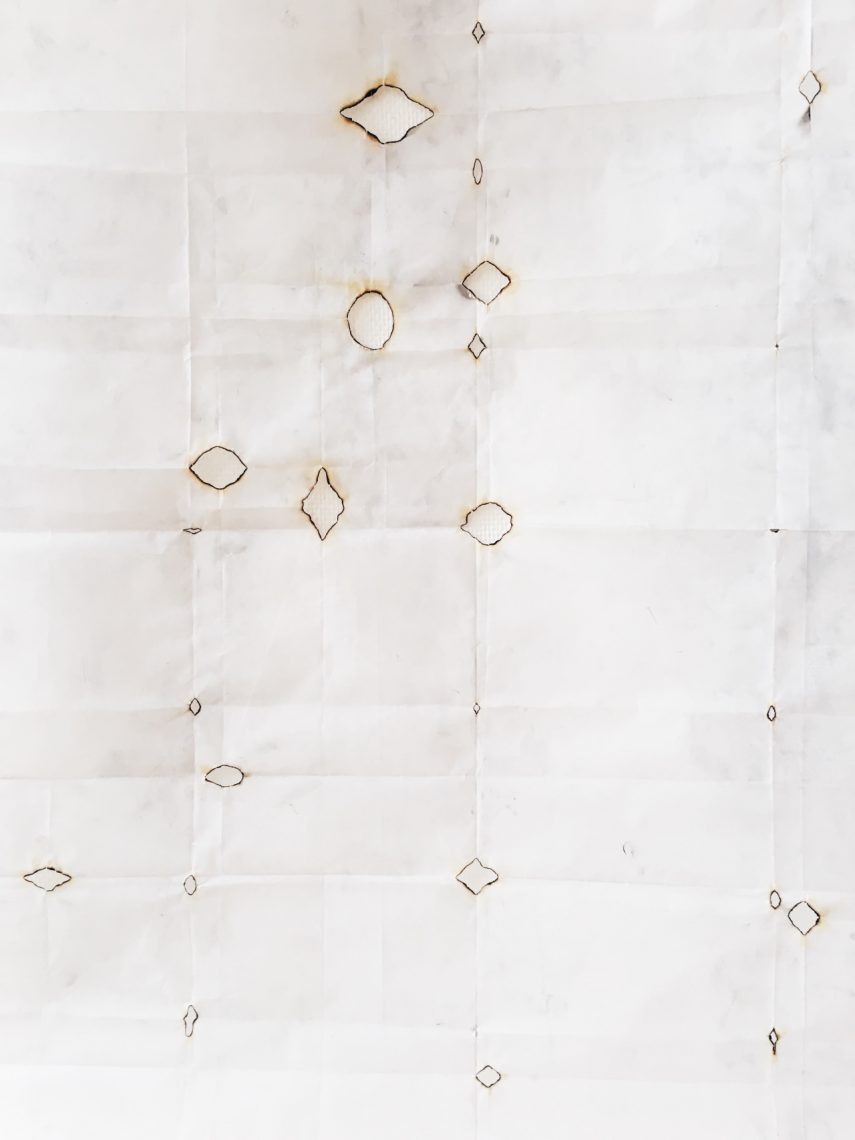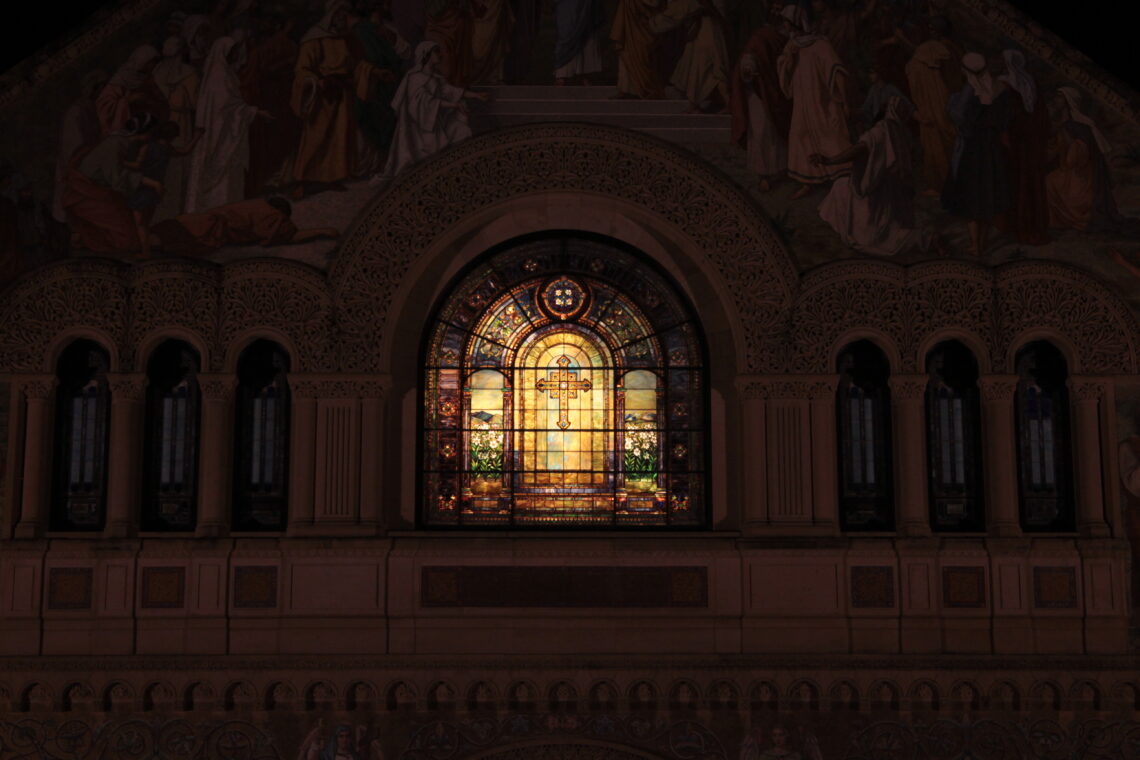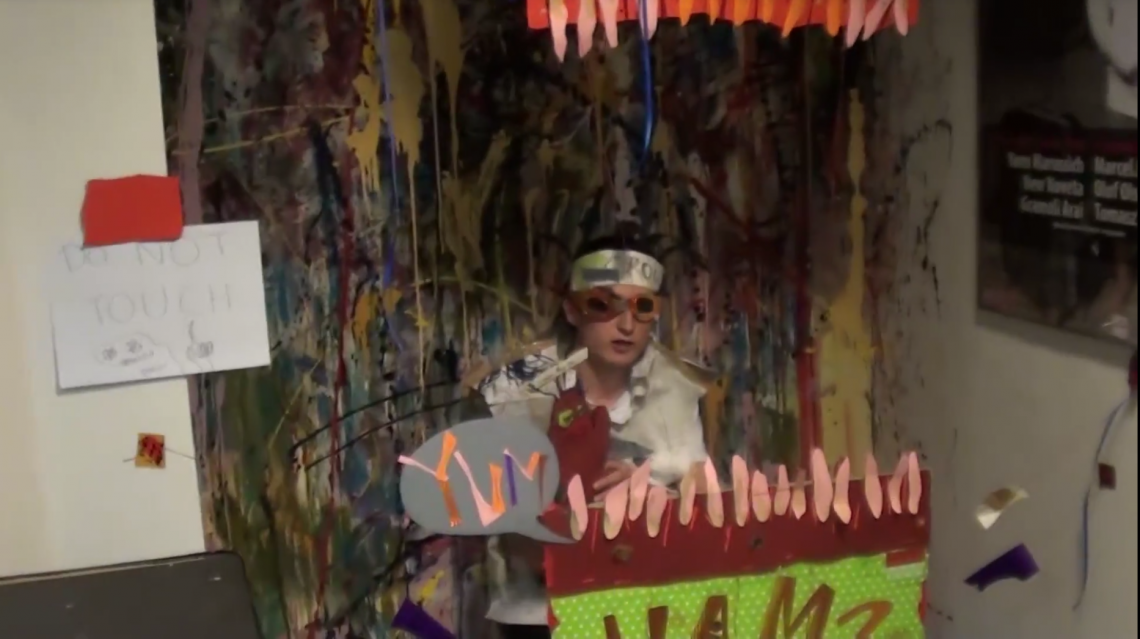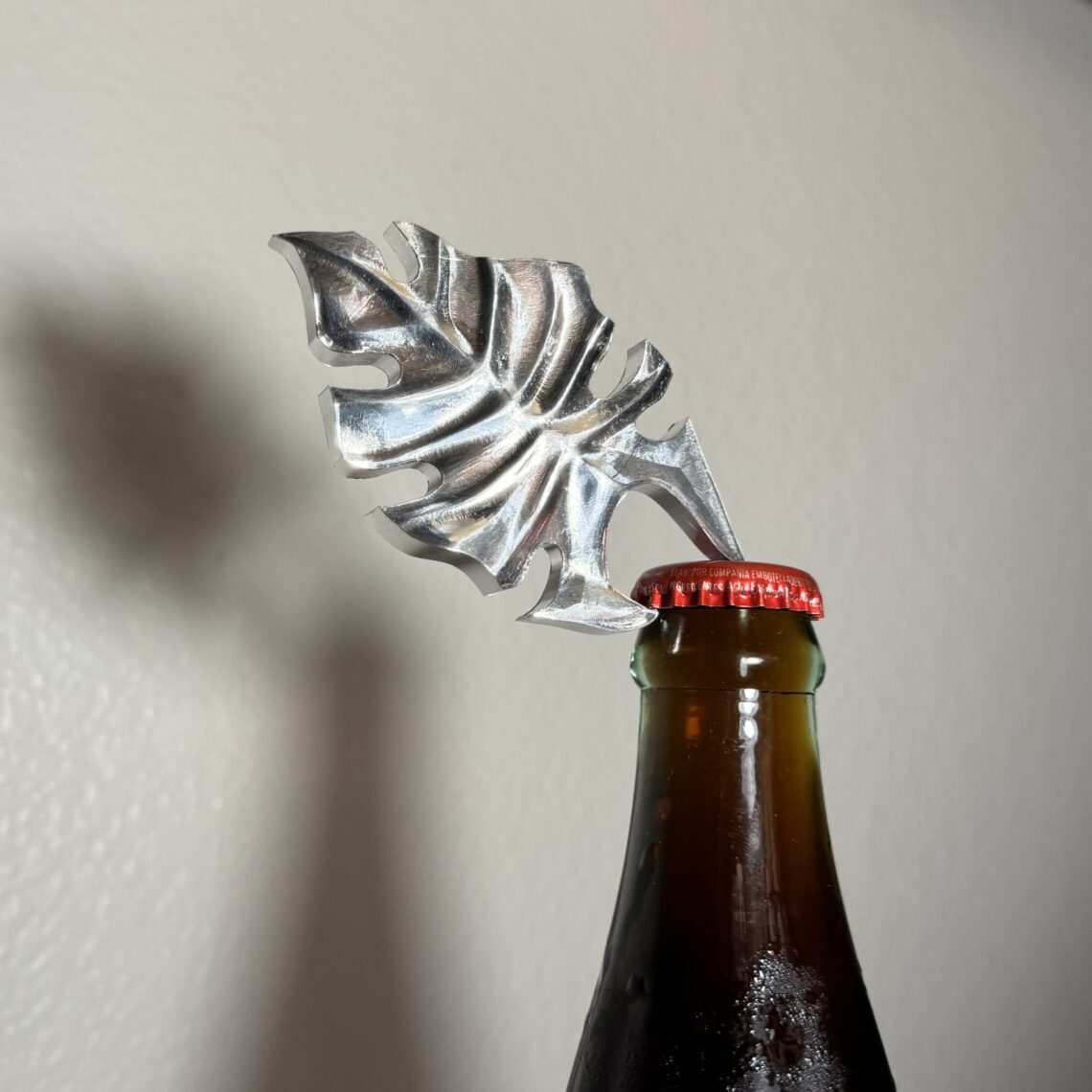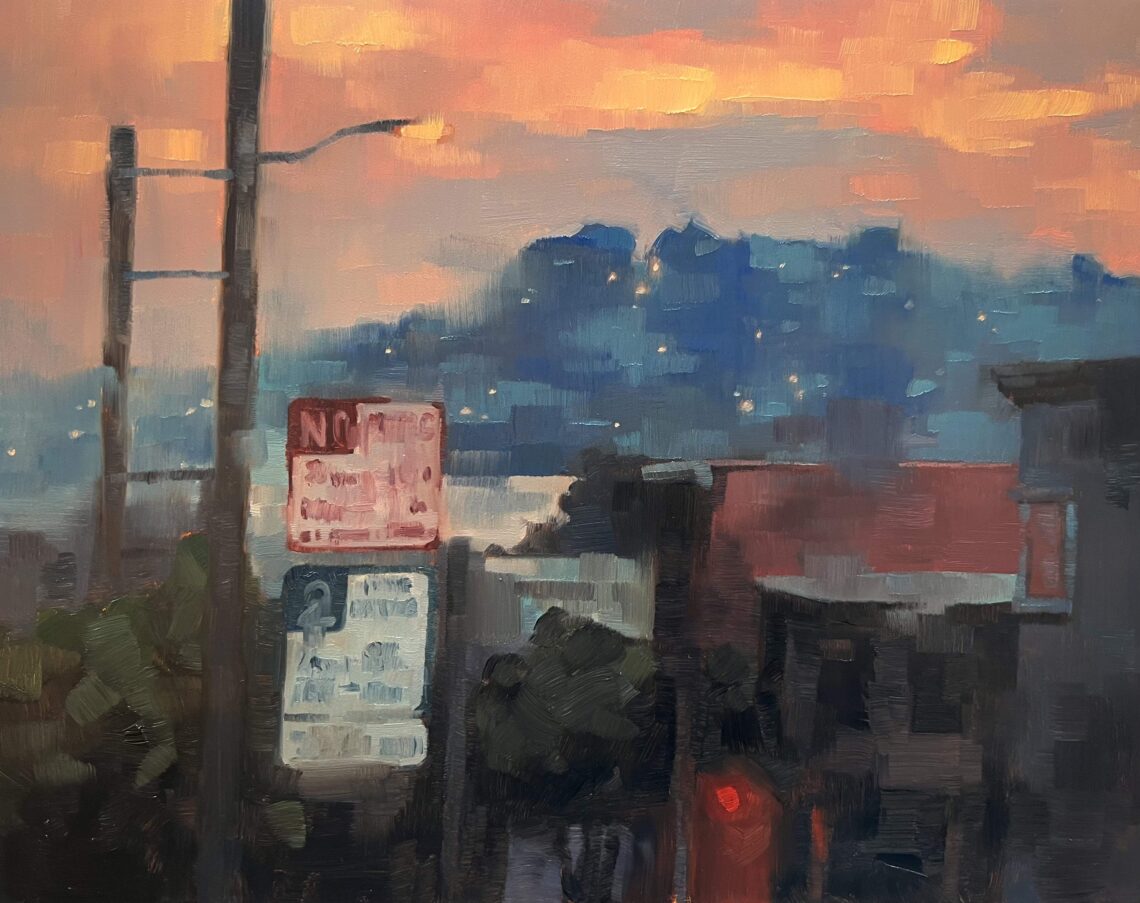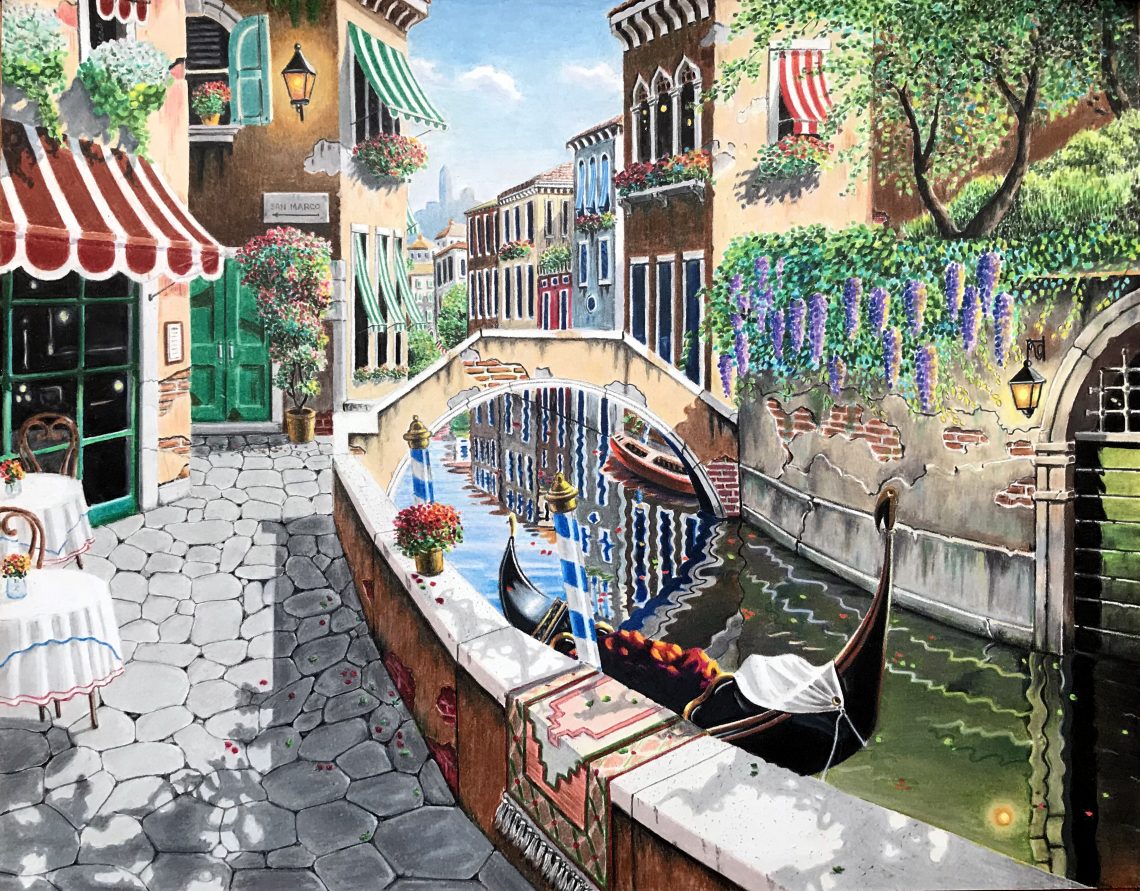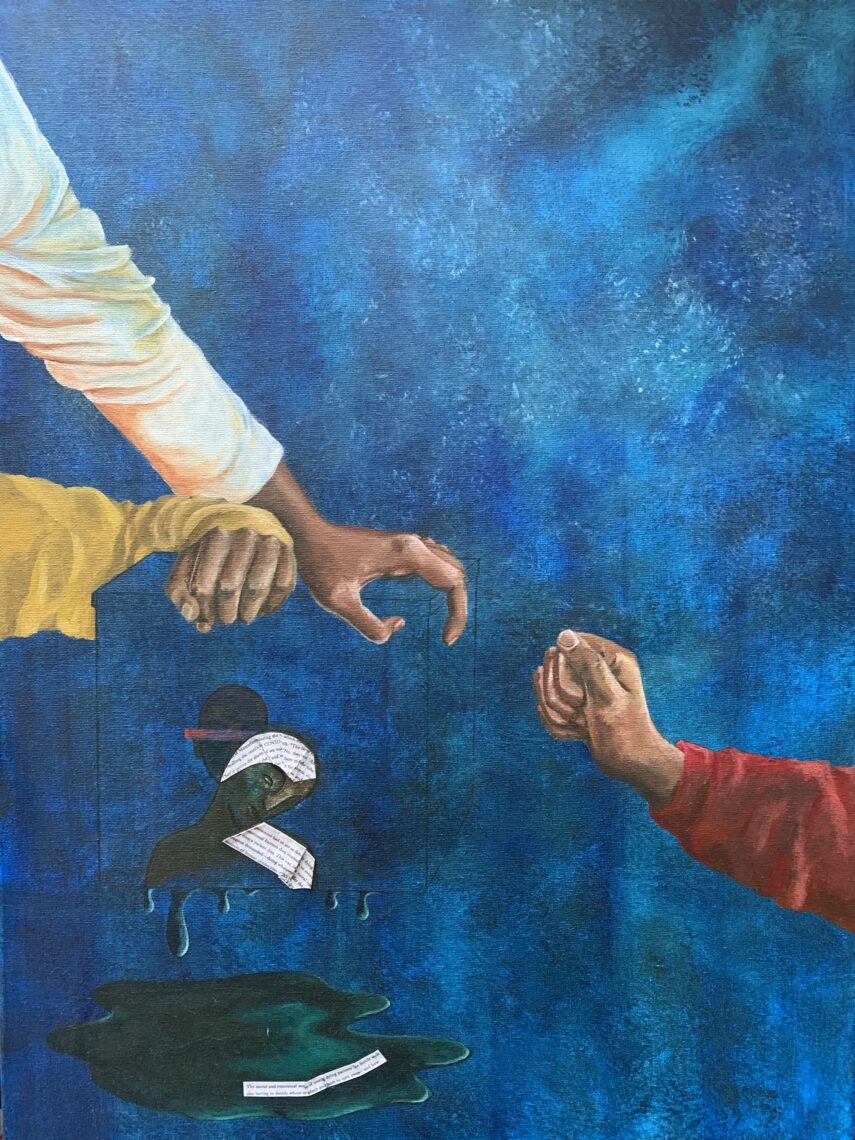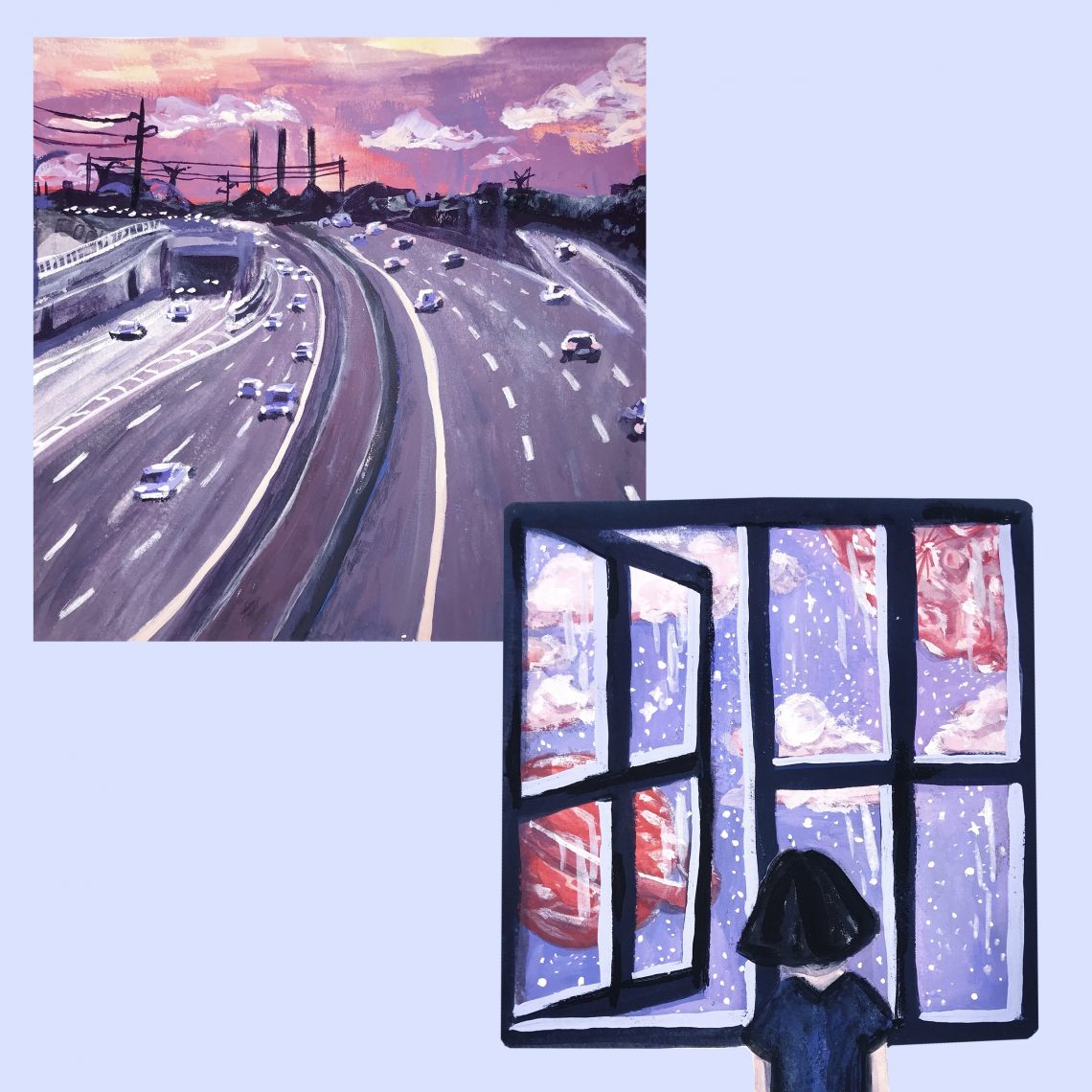 Steve Castillo
Steve Castillo
Remarks by Nancy J. Troy at the McMurtry Building Groundbreaking Ceremony
On behalf of colleagues, students and staff in the Department of Art and Art History and the Art and Architecture Library who have been looking forward to this moment for almost a decade, it is a pleasure to thank all of you who have enabled us to envision, design, and, now, break ground for our new home on campus.
To the university, which has invested significant resources in creating an arts district where the visual and performing arts will come together with greater focus, visibility and promise than ever before at Stanford; and to Deedee and Burt McMurtry, whose extraordinary generosity and deep personal commitment have supported our aspiration to achieve our highest potential – to all of those who have given so generously to create what will be a truly inspirational new building on campus – we offer our profound gratitude.
As many gathered here today well know, the Art and Art History Department is a diverse but nevertheless cohesive unit, a hybrid made up of five distinct yet deeply intertwined programs that for years have been operating out of multiple buildings, thus keeping faculty and students scattered across the campus. I’d like to ask the students who are here, both undergrads and graduate students, to stand so you’ll be able to recognize them later this afternoon.
In recent years, as we have grown in stature and in the numbers of students wishing to enroll in our most popular classes, we’ve had to turn many away due to lack of space and inadequate storage facilities.
Simply put, we have been unable to accommodate all of those seeking to take courses in areas such as photography, painting, design, or film and video production. Turning students away is not exactly the best means to foster growing interest in the arts and humanities on campus. Nor have we yet managed to take full pedagogical advantage of the rich collections and museological expertise that the Cantor Arts Center offers.
With the opening of the McMurtry Building in fall 2015, all this will change dramatically.
This exceptional building, conceived by Diller Scofidio + Renfro with Boora Architects to express, through the spatial embrace of its two dynamic strands, the art making and the art studying activities housed within – this building, located as it is adjacent not only to the Cantor but also to the Anderson Collection – will play a major role in shaping Stanford’s engagement with the visual arts far into the future. The unusual accessibility of its striking design will invite users to creatively explore and fully inhabit its spaces. Improved and more ingeniously designed storage capability will enable us to dramatically increase our use of every studio classroom and, finally, close proximity to other facilities and programs of the arts district will encourage more, and more effective, collaborations than ever before. The benefits are going to be transformative and immediately perceptible to the larger university community.
Where too many other academic institutions have been cutting back on the arts, and cutting back on their libraries, at Stanford, and thanks to the McMurtrys’ leadership, we were able to commission one of the world’s leading architectural firms to imagine a building that will challenge us to do our best work, reach our highest intellectual and creative potential, and change the nature of business as usual.
What a privilege it is to find ourselves in this extraordinary situation.
Thank you.




